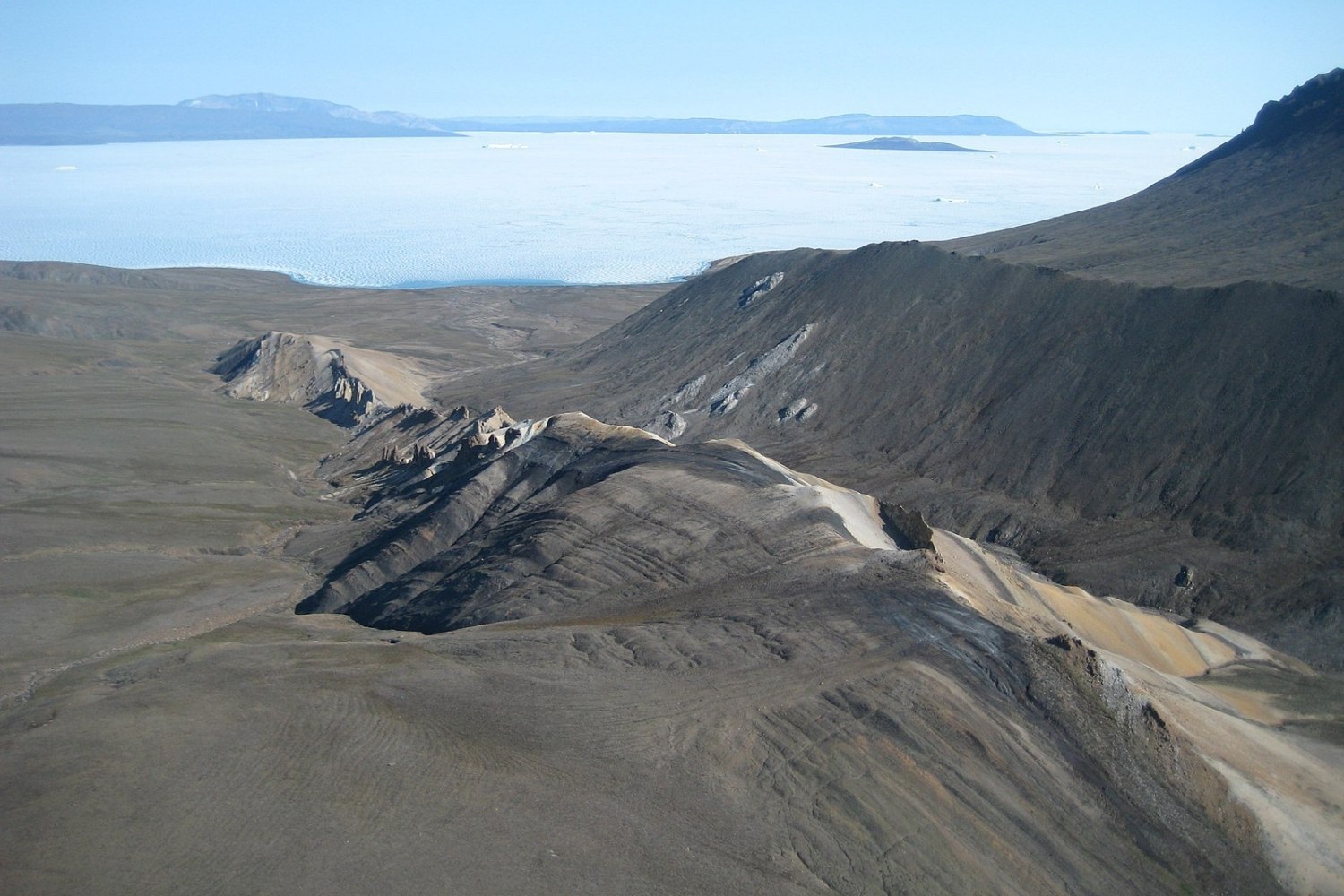Mystery Of The Fossil Forests On Axel Heiberg Island

Have you ever heard of Axel Heiberg Island? This remote Arctic island hides a secret that will amaze you: fossil forests. Imagine walking through a landscape where trees from millions of years ago still stand, frozen in time. These ancient forests offer a unique glimpse into Earth's distant past, showing us what life was like before the age of dinosaurs. The trees, preserved by volcanic ash and cold temperatures, tell stories of a warmer, wetter climate. If you love nature and history, Axel Heiberg Island's fossil forests are a must-see. Ready to learn more about this incredible place? Let's dive in!
The Enigmatic Axel Heiberg Island
Axel Heiberg Island, located in the Canadian Arctic, is a land of stark beauty and scientific wonder. One of its most fascinating features is the Fossil Forests, remnants of a time when the island was lush and green. These ancient forests provide a window into Earth's distant past.
What Makes the Fossil Forests Unique?
The Fossil Forests on Axel Heiberg Island are not just any old petrified wood. They tell a story of a time when the Arctic was warm and teeming with life. Here are some unique aspects of these forests:
- Preserved in Permafrost: The trees and plants are preserved in permafrost, which has kept them in remarkable condition for millions of years.
- Diverse Flora: The variety of plant species found here is astonishing, including ancient relatives of modern-day trees like dawn redwoods and ginkgoes.
- Climate Clues: These fossils provide crucial information about past climate conditions, helping scientists understand how Earth's climate has changed over time.
How Old Are the Fossil Forests?
The age of these fossilized trees is truly mind-boggling. They date back to the Eocene Epoch, around 45 to 50 million years ago. During this period, the Earth experienced a greenhouse climate, which allowed these forests to thrive in what is now a polar desert.
Key Fossil Sites on Axel Heiberg Island
Several sites on Axel Heiberg Island are particularly rich in fossilized remains. Each site offers a unique glimpse into the ancient world.
- Geodetic Hills: This site is one of the most famous fossil forest locations on the island. It features well-preserved stumps and logs, providing a clear picture of the ancient forest structure.
- Strathcona Fiord: Known for its diverse fossil flora, this site has yielded numerous plant fossils, including leaves, seeds, and wood.
- Mummified Forest: Unlike typical petrified wood, the trees here are mummified, meaning they have retained much of their original organic material. This rare preservation offers unique insights into the ancient ecosystem.
Why Are the Fossil Forests Important?
The Fossil Forests of Axel Heiberg Island are not just a scientific curiosity; they hold significant importance for understanding Earth's history.
- Climate Research: By studying these fossils, scientists can reconstruct past climates and better predict future climate changes.
- Evolutionary Studies: The diverse plant species found in the fossil forests provide valuable information about plant evolution and adaptation.
- Geological Insights: The preservation of these forests in permafrost offers clues about geological processes and the history of the Earth's crust.
Visiting Axel Heiberg Island
While Axel Heiberg Island is remote and challenging to reach, it is a destination for adventurous travelers and scientists alike. Here are some tips for those considering a visit:
- Plan Ahead: Due to its remote location, careful planning and preparation are essential. Ensure you have the necessary permits and equipment.
- Travel with Experts: Consider joining an expedition led by experienced guides and scientists to maximize your experience and safety.
- Respect the Environment: The island's fragile ecosystem requires careful stewardship. Follow all guidelines to minimize your impact on this unique environment.
The Future of Fossil Forest Research
Ongoing research on Axel Heiberg Island continues to uncover new findings and deepen our understanding of these ancient forests. Future studies may reveal even more about the Earth's climatic history and the resilience of life in extreme conditions.
- Advanced Technologies: New technologies, such as remote sensing and DNA analysis, are being used to study the fossils in greater detail.
- Collaborative Efforts: International collaborations between scientists are enhancing the scope and depth of research on the island.
- Educational Outreach: Efforts are being made to share the discoveries from Axel Heiberg Island with the public, raising awareness about the importance of preserving our planet's natural history.
The Enigmatic Fossil Forests of Axel Heiberg Island
Axel Heiberg Island's fossil forests offer a unique glimpse into Earth's distant past. These ancient trees, preserved in stunning detail, reveal a time when the Arctic was warm and lush. Exploring this remote location, you can see the remnants of a prehistoric ecosystem that thrived millions of years ago. The island's geological formations and fossilized wood provide valuable insights into climate change and the planet's history. Visiting Axel Heiberg Island is not just an adventure; it's a journey through time. Whether you're a scientist, a history buff, or an adventurous traveler, the fossil forests promise an unforgettable experience. So, pack your bags, prepare for an Arctic expedition, and witness the wonders of Axel Heiberg Island's ancient forests. This hidden gem in the Arctic Circle awaits your discovery.

